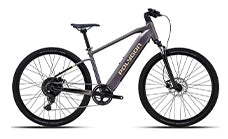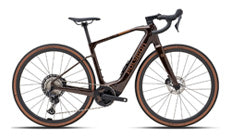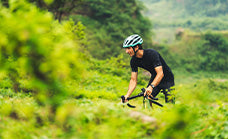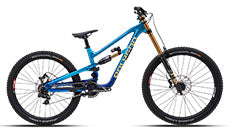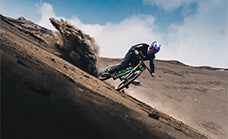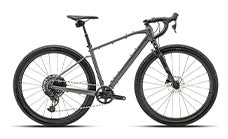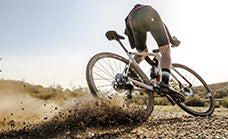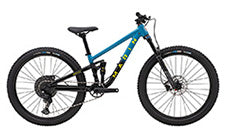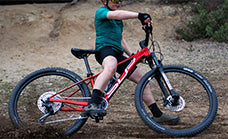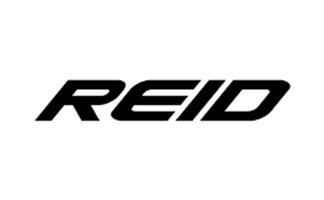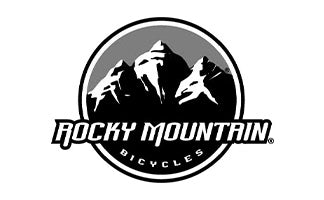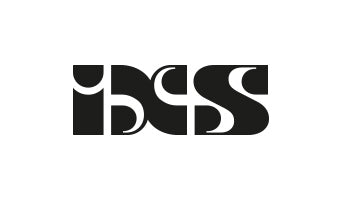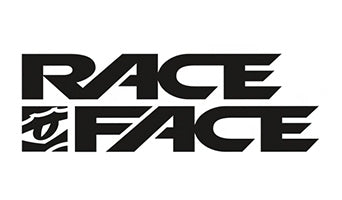What is the First Thing You Upgrade On a New Mountain Bike

When you roll out of the bike shop with a shiny new mountain bike, it's an exhilarating feeling. Modern bikes, even at entry-level price points, offer incredible capability. However, every rider eventually finds themselves eyeing an upgrade. The question is not usually if you will upgrade, but what to upgrade first to get the most bang for your buck and instantly improve your ride experience.
Based on rider polls, expert recommendations, and what mountain bikers are actively searching for, some upgrades consistently rise to the top as the most common and impactful first steps. These aren't necessarily the most expensive components, but rather the ones that significantly enhance comfort, control, or performance, turning a good ride into a great one.
What's the First Thing You Upgrade On a New Mountain Bike?
The consensus among riders and experts points to a few key areas that offer immediate and noticeable improvements to your mountain bike's performance and feel.
1. The Contact Points: Pedals, Grips, and Saddle
It makes sense that where your body meets the bike is often the first place riders look to customise. These contact points dictate much of your comfort and control.

-
Pedals: Most new bikes, especially in the entry to mid-range, come with basic plastic flat pedals. Upgrading to a quality set of flat pedals with good pins (for grip) or moving to clipless pedals for better pedalling efficiency is perhaps the most common initial upgrade. Better pedals provide more grip, support, and connection to the bike, boosting confidence and power transfer.
-
Grips: Stock grips can often be generic and uncomfortable, leading to hand fatigue or numbness. A good pair of ergonomic or highly grippy lock-on grips can dramatically improve hand comfort and control on technical terrain.
-
Saddle: Just like grips, the stock saddle is designed to be a one size fits all solution, which rarely fits anyone perfectly. Investing in a saddle that suits your anatomy and riding style can eliminate discomfort and significantly improve long-ride enjoyment.
2. Tires and Tubeless Conversion
Your tires are the only point of contact between your bike and the trail. Upgrading them can be one of the most transformative changes you make.
-
Tires: Many stock tires are chosen for their durability or low rolling resistance on hard-packed trails, but might lack the grip, puncture protection, or ideal compound for diverse Australian conditions. Swapping to tires with a more aggressive tread pattern, a softer rubber compound for better grip, or a more robust casing for durability can revolutionise your bike's handling. Brands like Maxxis, Schwalbe, and Continental offer a vast range of mountain bike tires for every terrain.
-
Tubeless Setup: If your bike isn't already tubeless, this should be a top priority. Converting your wheels to a tubeless setup (removing inner tubes and using sealant) virtually eliminates pinch flats, allows you to run lower tire pressures for increased traction and comfort, and reduces rolling resistance. Most modern mountain bike wheels are tubeless-ready, making this a relatively simple and affordable upgrade.
3. Dropper Post (If Not Already Equipped)
While many trail and enduro bikes now come with a dropper post as standard, some entry-level models or cross-country oriented bikes might still feature a fixed seatpost.
-
Dropper Post: A dropper seatpost allows you to raise and lower your saddle with the flick of a lever on the handlebar. This is a game-changer for descending, allowing you to get the saddle out of the way for better body positioning and control, then raising it back up for efficient climbing without stopping. Once you ride with one, you'll wonder how you ever managed without it.
Other Worthy Early Upgrades
While the contact points, tires, and dropper post often take precedence, here are a couple more areas to consider as early upgrades:
-
Brakes (Pads/Rotors): If your bike comes with basic mechanical disc brakes or lower-end hydraulic brakes, upgrading to better brake pads or larger rotors can significantly improve stopping power and modulation, especially for heavier riders or those who tackle steep descents regularly. A full hydraulic brake upgrade might be a larger investment but can dramatically improve confidence.
-
Suspension Tuning/Service: While not an upgrade in the sense of buying a new component, properly setting up your existing fork and shocks with the correct sag and rebound settings for your weight and riding style can dramatically improve your bike's performance. Consider investing in a shock pump and learning the basics, or get a professional tune-up.
Frequently Asked Questions (FAQs)
Q1: How much should I budget for my first mountain bike upgrades?
It really depends on what you're upgrading. Pedals and grips can range from $50-$200 AUD. A tubeless conversion kit is relatively inexpensive, usually under $100 AUD for sealant and valves. High-quality tires can cost $80-$150+ AUD per tire. A good dropper post typically starts around $200-$400+ AUD. You can make significant improvements for a few hundred dollars.
Q2: Will upgrading parts void my bike's warranty?
Generally, no. Upgrading components like pedals, grips, tires, or even a dropper post usually won't void your frame warranty, provided the new parts are compatible and installed correctly. However, if an upgrade directly causes damage (e.g., forcing an incompatible part), that specific damage might not be covered. Always check with the bike manufacturer's warranty policy or your retailer if you're unsure.
Q3: Should I buy carbon or alloy components for my first upgrade?
For your first upgrades, focus on alloy (aluminum) components. They offer excellent performance, durability, and a much more accessible price point than carbon. While carbon can save weight and offer vibration damping, the cost difference isn't usually justified for initial upgrades, especially when you can get significant performance gains from high-quality alloy parts.
Q4: How do I know what size or standard parts my bike uses for upgrades?
This is crucial! Check your bike's specifications (usually found on the manufacturer's website or the original purchase details). Key standards include:
-
Pedals: Almost universally 9/16 inches thread.
-
Grips: Typically 22.2mm handlebar diameter.
-
Saddle: Universal rail clamp, but seatpost diameter (e.g., 30.9mm, 31.6mm) is important for new seatposts or dropper posts.
-
Tires: Wheel diameter (27.5 inches or 29 inches) and tire width (e.g., 2.3 inches, 2.5 inches).
-
Brakes: Rotor diameter (e.g., 160mm, 180mm) and brake mount type (Post Mount, Flat Mount). If unsure, consult a local bike shop or the BikesOnline AU customer service team.
Q5: Can I install these upgrades myself, or should I go to a bike shop?
Many initial upgrades like pedals, grips, and tires (especially if converting to tubeless for the first time) can be done at home with basic tools and some patience, often with the help of online tutorials. However, if you're uncomfortable or don't have the right tools, a professional bike mechanic can install them quickly and correctly. Dropper post installation can be more complex due to internal routing on some frames, so a bike shop might be advisable if you're not experienced.
Ready to Enhance Your Ride?
The first upgrade on your new mountain bike doesn't have to be daunting. By focusing on the contact points, upgrading your tires, and considering a dropper post, you'll unlock a new level of performance and enjoyment on the trails. Explore our range of mountain bike components and accessories at BikesOnline AU to find the perfect upgrades for your ride!


